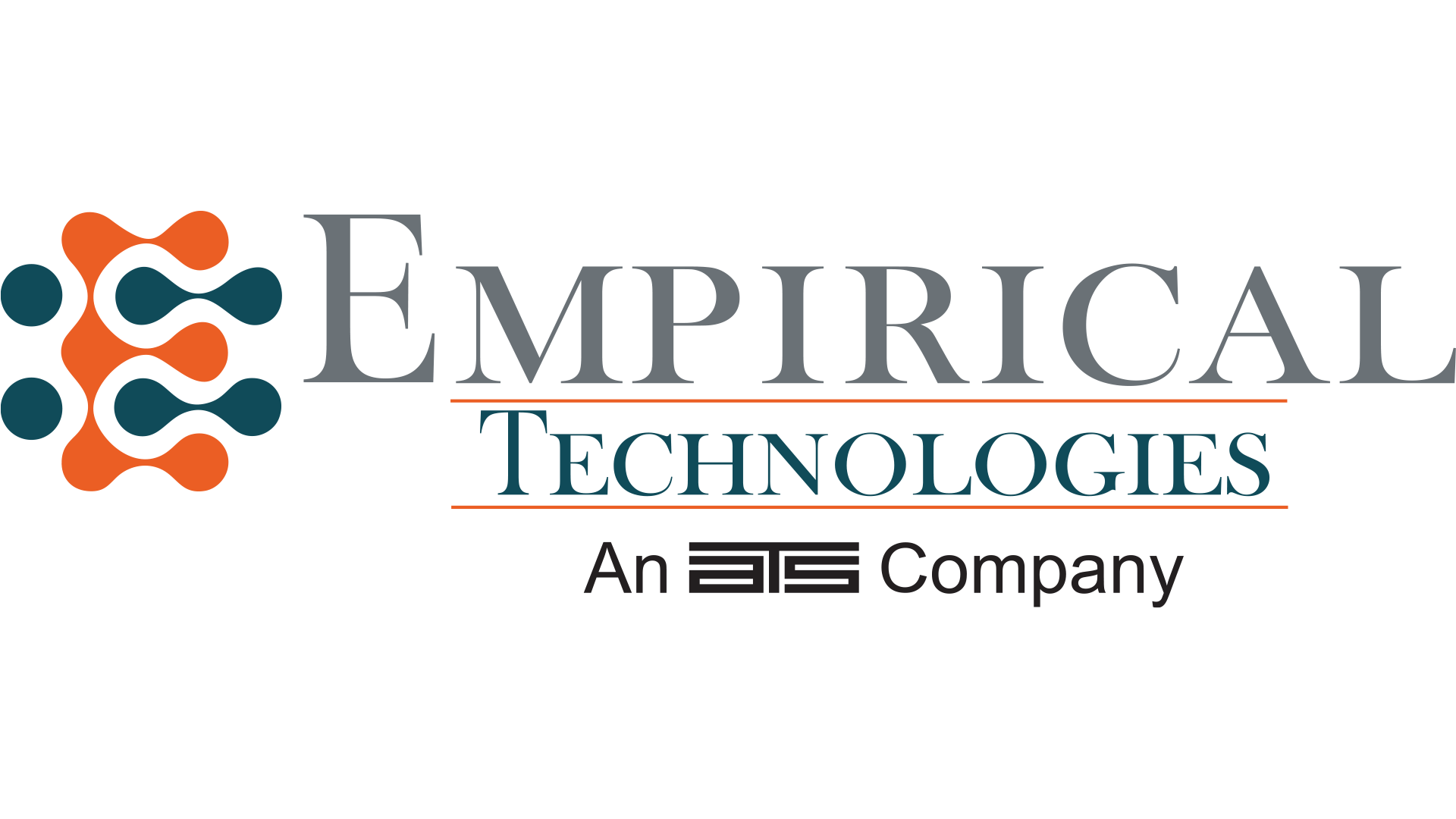We all knew it was coming—new regulations regarding biologics. The U.S. Food and Drug Administration (FDA) issued guidance in 2016 for ISO 10993-1, partially in response to a number of articles that found post-surgery infection rates in the United States are higher than other areas of the medically developed world.
It was no surprise to us that FDA was making changes related to decontamination and steam sterilization validation. But we weren’t expecting the stop-work orders we started receiving last September as we worked to secure 510(k)s for clients of Empirical Consulting, our company offering regulatory support to device developers.
“That’s where I was caught off guard,” said Meredith May, vice president of Empirical Consulting.
“I knew something was coming, but what I didn’t see coming was the plot twist of how it would affect the process and at what stage of product development the mandate would occur.”
The guidance doesn’t so much change requirements as the process order. You still have to prove out the same basic categories, but now in order to receive a 510(k), device developers must complete steam sterilization validation and biocompatibility testing before they can gain FDA clearance to start selling their device.
May and I agree this is overall a positive change. It makes sense to prove sterility and biocompatibility before devices go into the patient. This new guidance essentially puts the cart behind the horse for a segment of the medical device industry.
“It no longer matters if you make the product out of a recognized biocompatible material,” she said. “The concern is manufacturing materials—cutting fluids, mold release agents, all the stuff that touches the implants other than the actual base material. You can make something out of titanium, but if you use a toxic cutting fluid in a CNC machine and you don’t get all of it off of the implant, then you’re putting that toxic cutting fluid into the human body.”
Before the enforcement of this new guidance began, we could justify biocompatibility as part of our 510(k) submission based on the material out of which it is manufactured. While that’s no longer the case, if you use the same manufacturing processes and materials for a new device as was used on a previously cleared device, you can justify the new device with the previously cleared process.
This is causing many of our clients confusion and concern, particularly small businesses and first-time device developers.
“From a patient perspective, it can only improve what we’re doing,” May said. “From an industry perspective, it’s causing delays and impeding small businesses and entrepreneurial innovation.”
Because those smaller companies now have more upfront costs they could previously postpone until their device was cleared for sale, we are seeing a slowdown in our clients’ 510(k)s. Perhaps hardest hit were the solo innovators who were mid-process when those “refuse to accept” letters started to go out. Some have scrambled to come up with an additional $50,000 to $150,000 to pay for biocompatibility testing and implants, instruments, and trays needed for steam sterilization validation that they didn’t know they were going to have to budget for when they started their path to market.
And for the small company designing a device with the goal to sell it to a larger company, it’s a new level of regulatory and financial burden as well. Previously, they weren’t concerned with those aspects of testing because they could get their 510(k) and sell to one of the “big guys” knowing their device would be re-evaluated in house before it would go to market. But that’s all changed.
“[Previously] the smaller companies could give a promissory note [for biocompatibility and steam validation], you could get a 510(k) and a patent and move forward with selling your innovative implant design to a company that would fully develop and commercialize the system,” May said. “Now you don’t have that option any more. The biggest impact is on the people that are putting together their very first project and they have a full budget of like half a million dollars.”
Because larger corporations have in-house capabilities for biocompatibility and validation, there’s been very little impact on that market segment.
This is also having an effect on smaller vendors. Many small companies are now understandably working with larger machining/manufacturing companies that offer biocompatibility and sterilization validation as part of their services line. Again, it’s the smaller companies feeling the bite of these new regulations.
At Empirical, we’re finding a lot of confusion among our clients. A common question: If we know a material is biocompatible, why do we have to prove it? May frequently explains that based on the assumption that stainless steel is biocompatible, you can pick up a screw at Home Depot and implant it. Obviously, no one is going to do that.
“It’s the same base material, but it’s not processed the same way,” she said of screws from Home Depot. “We have to prove that devices are clean when they finally get delivered, and that they’re nontoxic.”
Another common question: Isn’t it the hospital’s job to have sterile instruments, implants, and environments?
“The FDA regulates the medical device industry—they can tell us what to do,” May said. “They do not regulate hospitals and hospital cleaning procedures. As far as the FDA is concerned, it’s our responsibility to make sure our device is cleanable and capable of being sterilized. They have to go into hospitals in a way that facilitates easy sterilization.”
Overall, May and I agree the medical device industry is now suffering some pendulum activity from too little to too much regulation and back. However, this is beneficial for the end-user, and as a result, our industry.
“It’s a balance,” she said. “What we’ve done is we’ve slowed innovation and the ability of a creative person to launch a product. But we’re balancing that with patient safety, so it’s worth it, and we need to make it work.”

Dawn Lissy is a biomedical engineer, entrepreneur, and innovator. Since 1998, Empirical Technologies Corp. has operated under Lissy’s direction. Empirical offers the full range of regulatory and quality systems consulting, testing, small batch and prototype manufacturing, and validations services to bring a medical device to market. Empirical is very active within standards development organization ASTM International and has one of the widest scopes of test methods of any accredited independent lab in the United States. Because Lissy was a member of the U.S. Food and Drug Administration’s Entrepreneur-in-Residence program, she has first-hand, in-depth knowledge of the regulatory landscape. Lissy holds an inventor patent for the Stackable Cage System for corpectomy and vertebrectomy. Her M.S. in biomedical engineering is from The University of Akron, Ohio.

